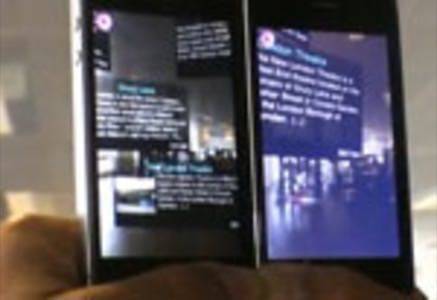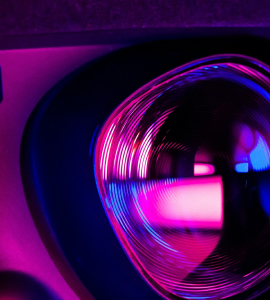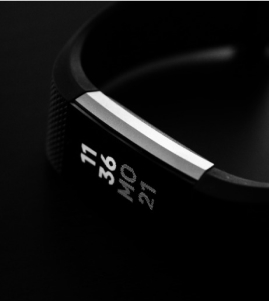When the iPhone 4 was unveiled in early June of this year, many were surprised by things like the antennae design or the high-resolution Retina Display. Augmented reality fans, however, were excited to see the inclusion of a gyroscope, but until today no iPhone AR apps had included the technology. Acrossair, makers of a popular iPhone AR browser of the same name, are the first to add gyroscopic functionality making for an incredibly smooth mobile AR experience.

Mobile AR apps previously relied on merely the accelerometer and compass to determine the device’s postion in 3D space. With the gyroscopic readings coming from the phone, AR apps can now more accurately determine a user’s motion and direction change while holding the device. Icons, which previously jittered and skipped as the user moved – a problem that plagues all mobile AR browsers – can now move in smooth fluid motion.

Acrossair produced a video (embedded below) showing a side-by-side comparison of the app running on an iPhone 4 and a previous model without the gyroscope. The gyro on the iPhone does a much better job of picking up subtle motion than the early model does. The difference is a small one, but the increased realism produced by the gyroscope is just another step toward making the overall AR experience more immersive.
The company also has swapped business models for its previously paid U.S. “Nearest” line of apps that help people find public transit stations. People in New York, Chicago, San Francisco and Washington D.C. can now make use of these apps for free as Acrossair has incorporated Apple’s iAd platform into the apps – another first for a major augmented reality app maker.

















